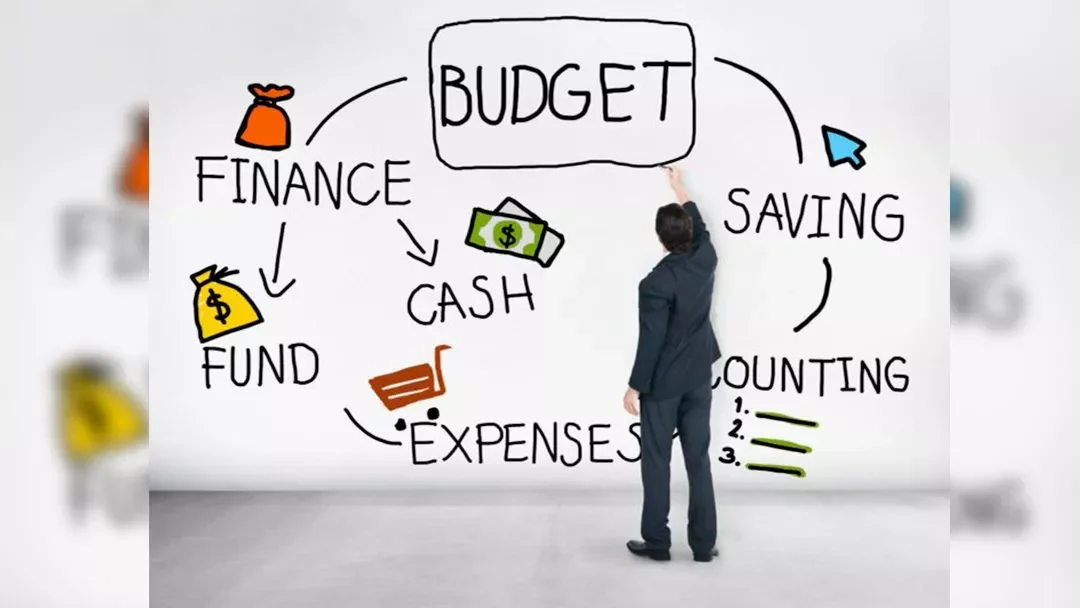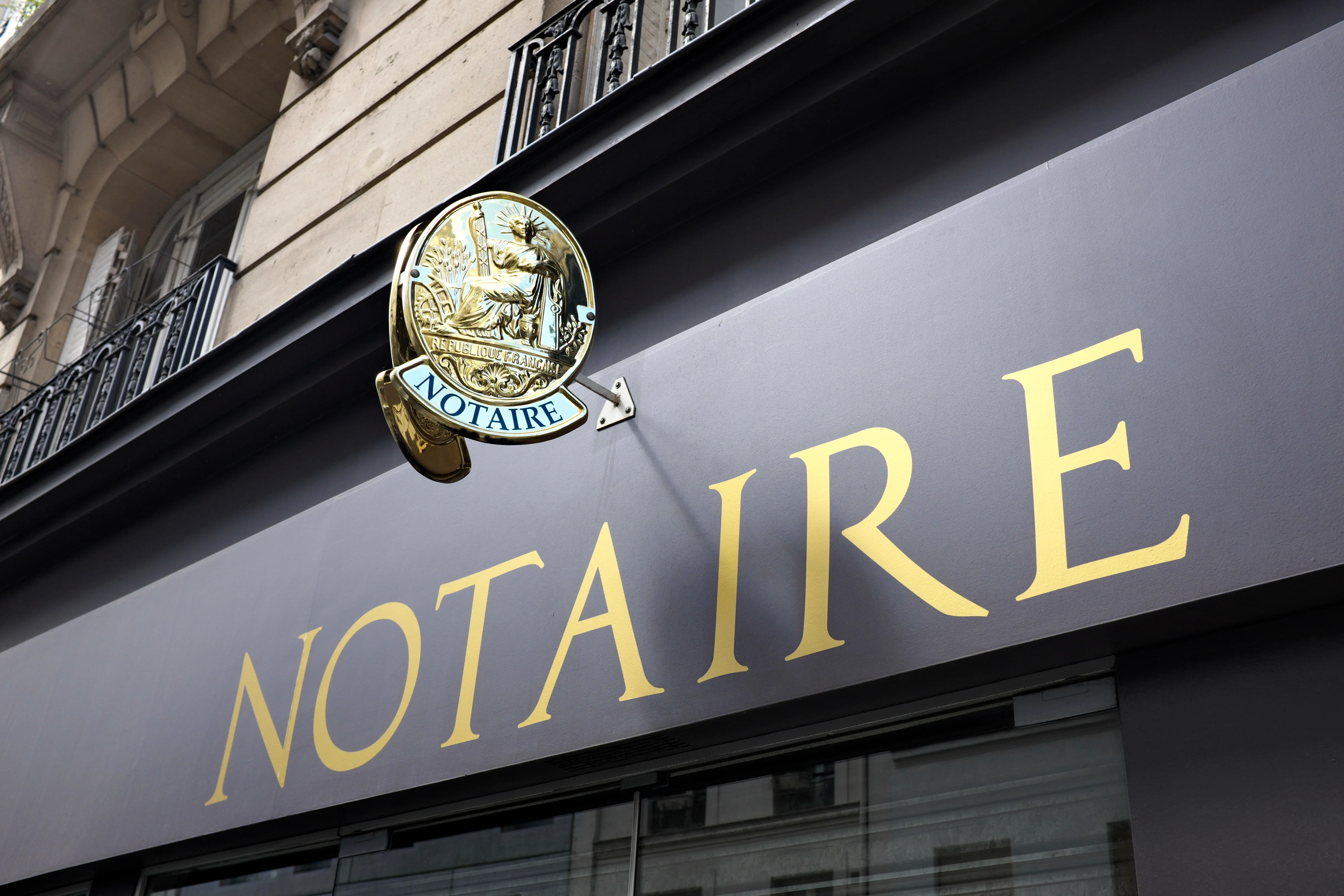
Passive Investing: Complete Guide for Beginners
Passive Investing: Complete Guide for Beginners
Table of Contents
Introduction
In a world where time is precious and financial markets are increasingly complex, passive investing has become an essential strategy for individuals looking to grow their wealth. Unlike active investing, which requires constant monitoring and frequent decisions, the passive approach is based on a simple philosophy: patience and discipline yield more than attempts to "beat the market".
Whether you're a novice investor or looking to simplify your investment approach, this guide will explain in detail the principles, benefits, and best practices of passive investing.
What is passive investing?
Passive investing involves building a diversified portfolio that replicates a market index (such as the CAC 40 in France or the S&P 500 in the United States) without trying to outperform these indices. This approach is based on several fundamental principles:
Maximum diversification
Spreading investments across a wide range of assets to reduce overall risk
Low fees
Minimizing management costs which, over the long term, can significantly affect performance
Long horizons
Investing over many years, even decades, to smooth out market fluctuations
Simplicity
Adopting a clear strategy that is easy to maintain over time
The efficient market theory
Passive investing relies heavily on the efficient market theory, developed by economist Eugene Fama. According to this theory, asset prices already reflect all available information, making it difficult or even impossible to "beat the market" consistently over the long term. Studies show that the majority of active managers fail to outperform their benchmark indices after accounting for fees.
Passive investment vehicles
ETFs (Exchange-Traded Funds)
ETFs represent the quintessential passive investment vehicle. These exchange-traded funds offer several advantages:
- Accessibility: Purchasable like ordinary stocks through your broker
- Instant diversification: A single ETF can contain hundreds of companies
- Low fees: Generally between 0.05% and 0.30% per year, much lower than active funds
- Liquidity: Tradable at any time during market hours
In France, you can invest in ETFs through your PEA (Plan d'Épargne en Actions) to benefit from tax advantages after 5 years of holding, or through a unit-linked life insurance policy.
Comparison of main ETFs available in France
| Name | Replicated index | Annual fees | PEA eligibility | Replication |
|---|---|---|---|---|
| Amundi MSCI World | MSCI World | 0,18% | No | Physical |
| Lyxor CAC 40 | CAC 40 | 0,25% | Yes | Physical |
| BNP Paribas Easy S&P 500 | S&P 500 | 0,15% | No | Synthetic |
| Lyxor PEA MSCI World | MSCI World | 0,45% | Yes | Synthetic |
| Amundi MSCI Emerging Markets | MSCI EM | 0,20% | No | Physical |
Index funds
Index funds work on the same principle as ETFs, but are purchased directly from an asset management company or through a bank. Less flexible than ETFs, they can nevertheless offer advantages in terms of simplicity of management for certain investors.
Index funds vs ETFs: key differences
- Trading: Index funds are traded once a day at net asset value, while ETFs trade continuously like stocks
- Transaction costs: Brokerage fees apply to ETFs, not always to index funds
- Minimum investment: Often higher for index funds than for ETFs
How to build a passive investment portfolio?
1. Define your goals and risk tolerance
Before you start, ask yourself the right questions:
- What is my investment horizon?
- What maximum loss am I prepared to temporarily bear?
- Do I need regular income or do I prioritize growth?
2. Choose the right asset allocation
The allocation between growth assets (stocks) and security assets (bonds) is the most important decision:
Conservative profile
30% stocks / 70% bonds
Balanced profile
50% stocks / 50% bonds
Dynamic profile
70% stocks / 30% bonds
Aggressive profile
90% stocks / 10% bonds
The longer your horizon, the more you can afford to be exposed to stocks.
3. Diversify geographically
Don't limit your investments to France or even Europe. Global diversification offers:
- Protection against local crises
- Exposure to growing economies
- Reduction of overall risk
Example of geographical distribution
40% Europe
European developed markets
30% North America
United States and Canada
20% Asia-Pacific
Japan, Australia, South Korea
10% Emerging markets
China, India, Brazil, etc.
4. Invest regularly
Dollar-cost averaging involves investing the same amount at regular intervals, regardless of market conditions. This approach:
- Smooths out entry points into the market
- Creates a savings discipline
- Reduces the emotional impact of market fluctuations
Regular investment vs lump sum
Although statistically, investing a large sum at once can offer better long-term returns, the regular approach allows better management of psychological risk and reduces the impact of a possible entry at the wrong time. For most individual investors, programmed investing remains the most suitable method.
Mistakes to avoid
Market timing
Trying to predict the best times to buy or sell is a risky strategy. Studies show that even professionals struggle to beat the market consistently. Stay invested for the long term rather than trying to "time" the market.
Excessive trading
Each transaction generates fees and potentially taxes. The passive investor limits the number of transactions to maximize net performance. Hyperactivity is often the enemy of long-term performance.
Giving in to panic
Corrections and crises are an integral part of economic cycles. A well-prepared passive investor sees them as opportunities rather than threats. Selling in panic during downturns is the worst possible mistake.
The impact of emotions on performance
According to a study by Dalbar, the average return obtained by individual investors is significantly lower than that of the indices they seek to follow. This difference is mainly explained by emotional decisions: buying when everything is going well (and prices are high) and selling when everything is going badly (and prices are low).
Passive investing, with its discipline and regularity, makes it possible to neutralize this harmful emotional impact on performance.
Historical performance
Over a long period, passive investing has often outperformed active strategies after accounting for fees. For example, over the past 15 years, less than 20% of active funds have managed to beat their benchmark index.
Historical returns by asset class (1998-2023)
| Asset class | Annualized return | Volatility | Best year | Worst year |
|---|---|---|---|---|
| Global stocks | 7,5% | 15,2% | +33,1% (2019) | -42,1% (2008) |
| European stocks | 6,2% | 18,7% | +32,4% (2009) | -46,3% (2008) |
| Sovereign bonds | 3,8% | 4,1% | +9,3% (2011) | -3,5% (2022) |
| Balanced portfolio (60/40) | 6,1% | 9,5% | +22,5% (2019) | -24,8% (2008) |
Source: Composite data based on MSCI World, MSCI Europe, Bloomberg Global Aggregate Bond Index
The importance of time
Historically, global stocks have offered an annualized return of about 7% to 8% over periods of 20 years or more, despite periodic crises. What is remarkable is that the probability of achieving a negative performance over a period of 15 years or more is historically close to zero for a diversified portfolio of stocks.
This observation fully justifies the long-term passive approach, particularly for young investors who have several decades ahead of them.
Practical example to get started
For a young French investor with a 20+ year horizon, here is a simple portfolio that could serve as a starting point:
Through a PEA
ETF World
e.g.: Lyxor MSCI World PEA (FR0011869353)
ETF Europe
e.g.: Amundi PEA MSCI Europe (LU1931974262)
Through a unit-linked life insurance
Bond ETF
e.g.: Lyxor Euro Corporate Bond (FR0010737544)
Emerging Markets ETF
e.g.: Amundi MSCI Emerging Markets (LU1681045370)
Investment terms
Initial amount
Monthly contributions
Rebalancing
Once a year, check if the proportions of your portfolio deviate significantly from your target allocation (more than 5% difference). If so, rebalance by selling some of the assets that have outperformed to buy those that have underperformed, or by directing your next investments towards underweight asset classes.
This rebalancing discipline allows you to "sell high and buy low" mechanically, without emotion or market timing.
Frequently Asked Questions
Conclusion
Passive investing is not a miracle solution, but a rational and proven approach to building wealth over the long term. Its simplicity and efficiency make it a particularly suitable strategy for beginning investors or those who don't want to devote too much time to managing their investments.
Remember that patience and consistency are the true drivers of investment success. As Warren Buffett so aptly put it: "The stock market is a device for transferring money from the impatient to the patient."
"The secret of investing is not to assess how much a company will impact society or how much it will grow, but to determine the company's competitive advantage and, above all, the sustainability of that advantage."
Note: The information presented in this article is provided for informational purposes only and does not constitute personalized investment advice. Past performance is not indicative of future results. Before investing, consult a financial professional to ensure that the strategy matches your personal situation.
Join the conversation on r/GoldenCompass
Ask questions, share your view, or read what other investors think.
Discover our other articles on personal finance































